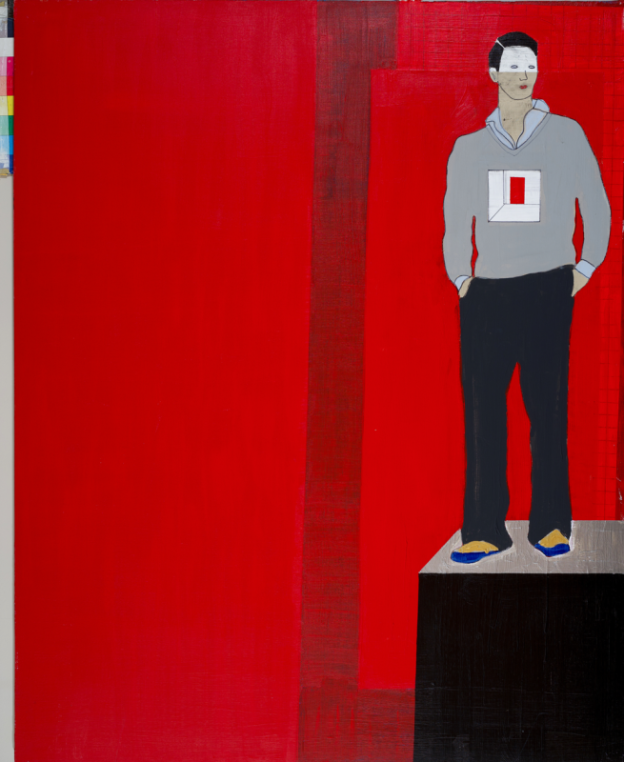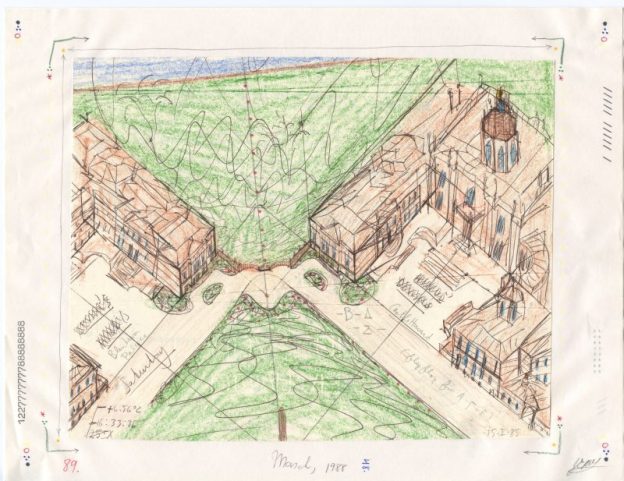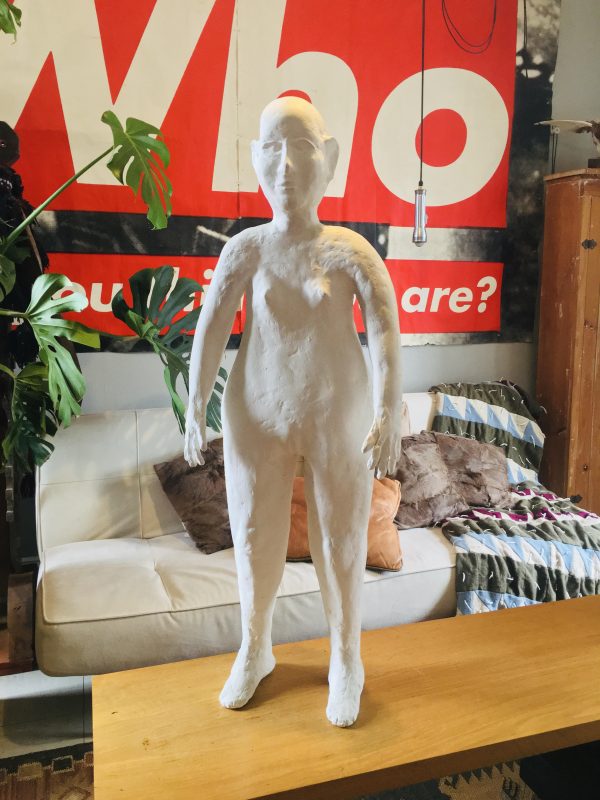I am often contacted by artists who ask if they are an outsider artist because they are self-taught. The short answer is NO. Although outsider artists, particularly in the United States, are sometimes called “self-taught artists,” the international definition of an outsider artist goes far beyond their lack of training. In fact, in Europe, the artist’s deteriorating mental health may be a factor in categorizing their work. An artist’s lack of formal art training is only one characteristic of an outsider artist.
Many artists are self taught. For example, folk artists (like Canada’s Maude Lewis) are self-taught, but they are not outsider artists because they produce illustrative work, typically depicting the external world, like landscapes, animals, or people going about their daily activities. They are sometimes called naïve artists because their work is simple and direct. Like art hobbyists, they are proud to get recognition for their efforts and actively market their collection to the public.
Some mainstream contemporary artists (like Andrew Wyeth and Canadian painter, Matthew Wong) are self-taught. However, they are part of the contemporary art world because they engage in a dialogue with others in that world, like curators, critics, and other artists. They produce work that is recognizable, and recognized, by others within that system and to the public.
In contrast, outsider artists do not seek public recognition for their work. They are prolific creators who work in private. Creating art is a very solitary and personal pursuit for them; they have no interest in engaging in a dialogue about their work with other artists, supporters, collectors, gallerists, or academics. Their work is personal and highly individualistic. I think of it as a dialogue with themselves. Perhaps they are exploring personal issues or illustrating a private story.
The definition of outsider art is fully explored in chapter 3 of my book, Outsider Art of Canada available in bookstores and online.












 There are important ethical issues in the outsider art world – most importantly, those concerning the artist’s consent for others to access their artwork. Although it is sometimes framed as an ethical issue it is, in fact, a legal issue. I am raising the topic here because I have been asked questions about practices that may infringe on the rights of artists who are vulnerable to exploitation.
There are important ethical issues in the outsider art world – most importantly, those concerning the artist’s consent for others to access their artwork. Although it is sometimes framed as an ethical issue it is, in fact, a legal issue. I am raising the topic here because I have been asked questions about practices that may infringe on the rights of artists who are vulnerable to exploitation.


















